Tomato is one of the ten most popular vegetables in the world. Cultivation began in the 8th century. Peru is considered the homeland of the vegetable. Now about 10 thousand varieties are known. They vary in size, weight, color, taste: the smallest is about 2 cm in diameter, and the largest is 1.5 kg. These fruits are red, black, yellow. They contain a large amount of vitamins and minerals useful for humans. Tomatoes are widely used in cooking, because they retain their useful qualities even after heat treatment.
The tomato belongs to the nightshade family and is widely grown as an annual crop. In most regions of Russia, the seedling method is used. The crop can be obtained both in protected and in the open field. The optimum temperature for growth is 22-28 ° C. Does not tolerate frost. Gardeners grow varieties of different heights of the bush. They also differ in terms of ripening.
Joint landings
Growing a high yield of vegetables is easy. Any gardener thinks about what can be planted nearby so that all the plants feel good. Recently, more and more often, many gardeners have begun to grow different vegetables in the same garden.
Joint landings have many advantages:
- increase in yield from the same area;
- reducing the consumption of mineral fertilizers;
- this way you can protect plants from diseases and pests without resorting to pesticides;
- the taste of the fruit improves;
- soil depletion is reduced;
- the land under the plantings is used throughout the season.
Joint landings are placed according to certain principles. It is not necessary to memorize the entire list of good and bad neighbors, it is important to understand why this is happening.
Rules for placing joint landings:
- Do not select plants of the same family, because they can suffer from the same pests, diseases.
- Do not oppress each other in nutrition and access to sunlight.
- Do not place plants with different moisture and temperature requirements nearby.
- Observe the crop rotation.
One of the options for mixed plantings is the following order: early culture, main, subsequent. So, before planting tomato seedlings in a permanent place, you can place radishes, onions on a feather, lettuce, Chinese cabbage on the garden bed.
Great neighborhood
Many have one defensive structure on their plots to obtain earlier vegetable harvests. Therefore, questions arise about how to plant more different plants, while making sure that they do not oppress each other. What can you plant next to tomatoes if they take up most of the greenhouse?
In greenhouses, gardeners combine planting with pepper. How justified is this?
Pepper and tomato are good neighbors because:
- tomato saves pepper from aphids;
- conditions of detention are similar, the same temperature and humidity are needed;
- both crops need a garter, so you can stretch one trellis.
This neighborhood is permissible if the vegetables are well protected from diseases and pests.
What else can you plant? Watermelons, melons get along well in the same greenhouse with tomatoes. It is convenient to plant lettuce, radishes, onions, spinach, dill nearby in a greenhouse. They can be placed indoors even before the tomatoes are placed there.It must be remembered that dill should be removed in time so that adult plants do not take food from the main crop.
What can be planted with tomatoes in the same greenhouse? In the spring, you can get a harvest of Peking cabbage, which feels good around. In the greenhouse, you can plant near tomatoes:
- legumes;
- strawberries;
- spices.
Care should be taken to ensure that the tomatoes do not block the sun from the younger brothers. Dill can be planted next to tomato bushes if removed before the tomatoes begin to set.
And every gardener should know what to plant tomatoes with in the garden in the open field. There are plants that are good for tomato planting. To deal with nematodes, you should plant asparagus nearby, which releases repellent volatiles. Phytoncides of onions and garlic are useful in fighting infections in any garden, for example, such neighbors will save you from late blight, spider mites. The scoop pest does not tolerate the presence of bird cherry. Basil repels pests.
Good neighbors of tomatoes in the open field:
- beans;
- radish;
- sorrel;
- pepper;
- parsley;
- cucumber herb;
- chives;
- garlic;
- salad;
- mustard;
- nettle.
It will be good for plants if you plant mint, sage, calendula next to the tomato. In the open field, tomatoes are good to combine with pumpkin, melon, watermelon. Planting tomatoes and strawberries makes it possible to get 2 crops from one area: berries and vegetables. It should be noted that in this case it is not necessary to choose tall varieties of tomatoes so that they do not cover the strawberries from the sun. The row spacing should provide light access to the berry bushes.
You can plant tomatoes, carrots, radishes and beets on the same bed.
Tomato saves plants from pests and diseases. What to plant next to tomatoes to prevent crop loss? If at least one tomato grows next to the gooseberry, currant, then there will be no moth, sawer.
It will be good for a zucchini near a tomato, it will be saved from aphids, moths, a sawer.
Grow tomatoes next to raspberry bushes only if they do not create shade for the vegetable. No need to fit close to plant. The raspberry bush should be a meter wide from the tomato bush so that you can easily pick the berries. In addition, the roots of the raspberry will not take away nutrition from the tomato.
What you can not plant tomatoes with
You should be aware of the compatibility of tomatoes with other crops, especially when it comes to neighbors that should be avoided.
If there is a greenhouse on the site, the question often arises of whether it is possible to get early harvests by combining planting of cucumber and tomato. Experts say that this is not worth doing.
Reasons for the poor neighborhood of cucumber and tomato:
- Different requirements for growing conditions. The tomato needs a temperature not higher than 25 ° C, humidity - 60%, it needs ventilation, otherwise the tomatoes will not pollinate during the flowering period, which will lead to loss of yield. The cucumber should be given more water, humidity needs 80-90%, he does not like drafts.
- The composition of the soil is different. Tomatoes need more potassium and phosphorus, while cucumbers need more nitrogen. If a tomato grows on soil with a high nitrogen content, then it will increase its green mass to the detriment of the fruit yield.
It is not worth growing cucumber and tomato in the same greenhouse. Joint planting will lead to a decrease in the yield of these vegetables.
Often in greenhouses on personal plots, you can find joint planting of tomato and eggplant. This is a bad neighborhood, resulting in lower yields for both crops.
Why you shouldn't plant tomato and eggplant:
- suffer from the same diseases, pests;
- a tomato needs a lower temperature than an eggplant;
- eggplants need more light, and tall tomatoes can shade them;
- higher air humidity for eggplants;
- for a tomato when watering, less water is needed.
If there is only one greenhouse, but you want to grow early vegetables, then you should create zones with different microclimate. You can partition the greenhouse with film, non-woven material, and other devices. Polycarbonate also works well for a partition. In addition, you need to plant vegetables in different beds. It is advisable to plant the tomatoes closer to the exit, so that there is an opportunity to ventilate.
Vegetable growers often ask the question of which neighbors of tomatoes in the garden are not desirable.Avoid the neighborhood of tomato with the following plants:
- fennel, which negatively affects the development of many cultures;
- cabbage: broccoli, red cabbage, kohlrabi;
- peas;
- pepper;
- cucumbers;
- zucchini;
- grapes;
- turnip;
- Apple tree;
- apricot;
- garden quinoa.
In the open field, potatoes and corn should not be placed next to a tomato.Reasons for unsuccessful neighborhood:
- They suffer from the same diseases, for example, late blight.
- They are affected by pests: Colorado potato beetle, wireworm, cotton scoop.
- Some substances are needed for nutrition, so vegetables will compete with each other, oppressing a neighbor.
- Tall corn planted south of the tomato will shield the tomato from sunlight.
Therefore, when planting tomatoes in the open field, you should not place corn and potatoes next to it.
Tomato is a healthy vegetable that is widely grown by gardeners. If you know the agricultural technique of culture, correctly place plantings on the site and in greenhouses, then you can achieve higher yields not only of this crop, but also of neighbors. Thanks to proper site planning, plants will suffer less from diseases and pests.
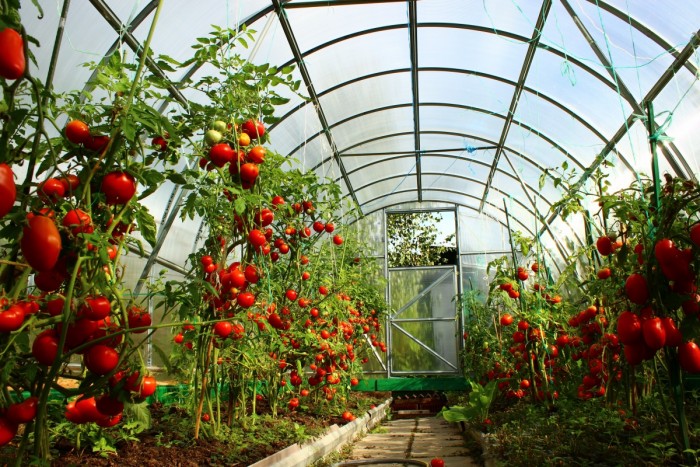
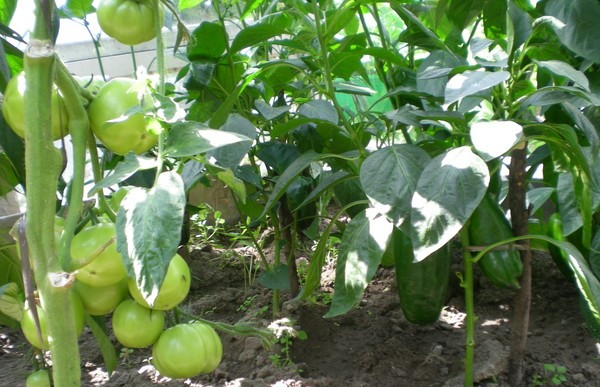
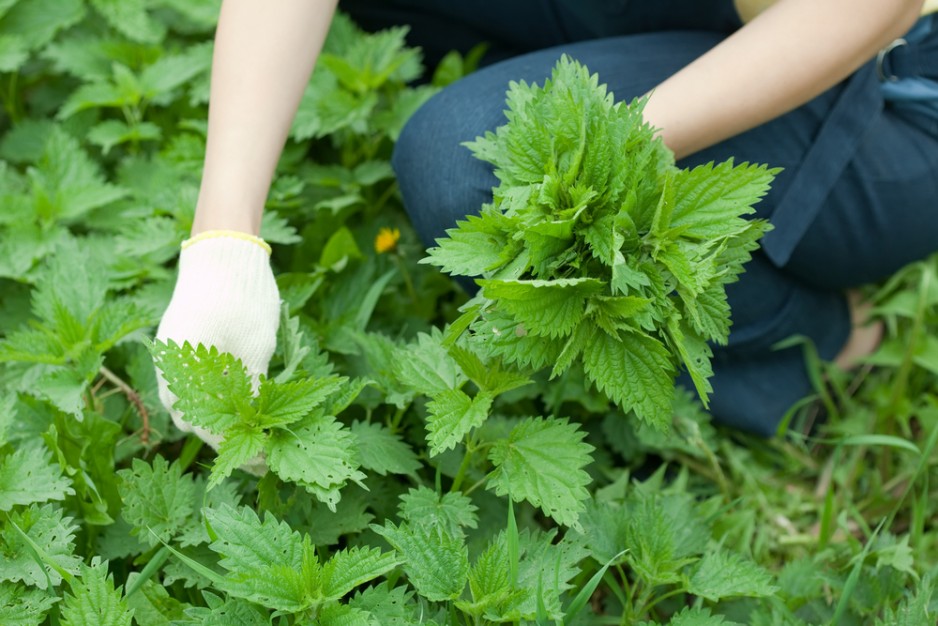
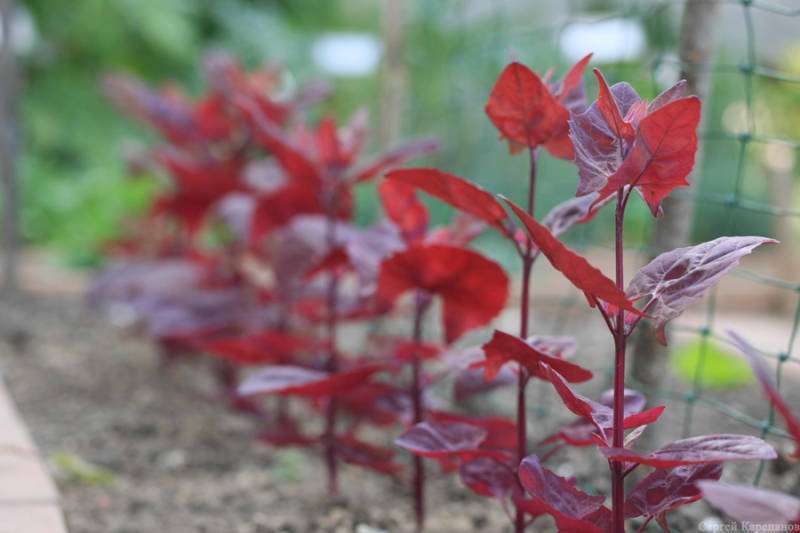
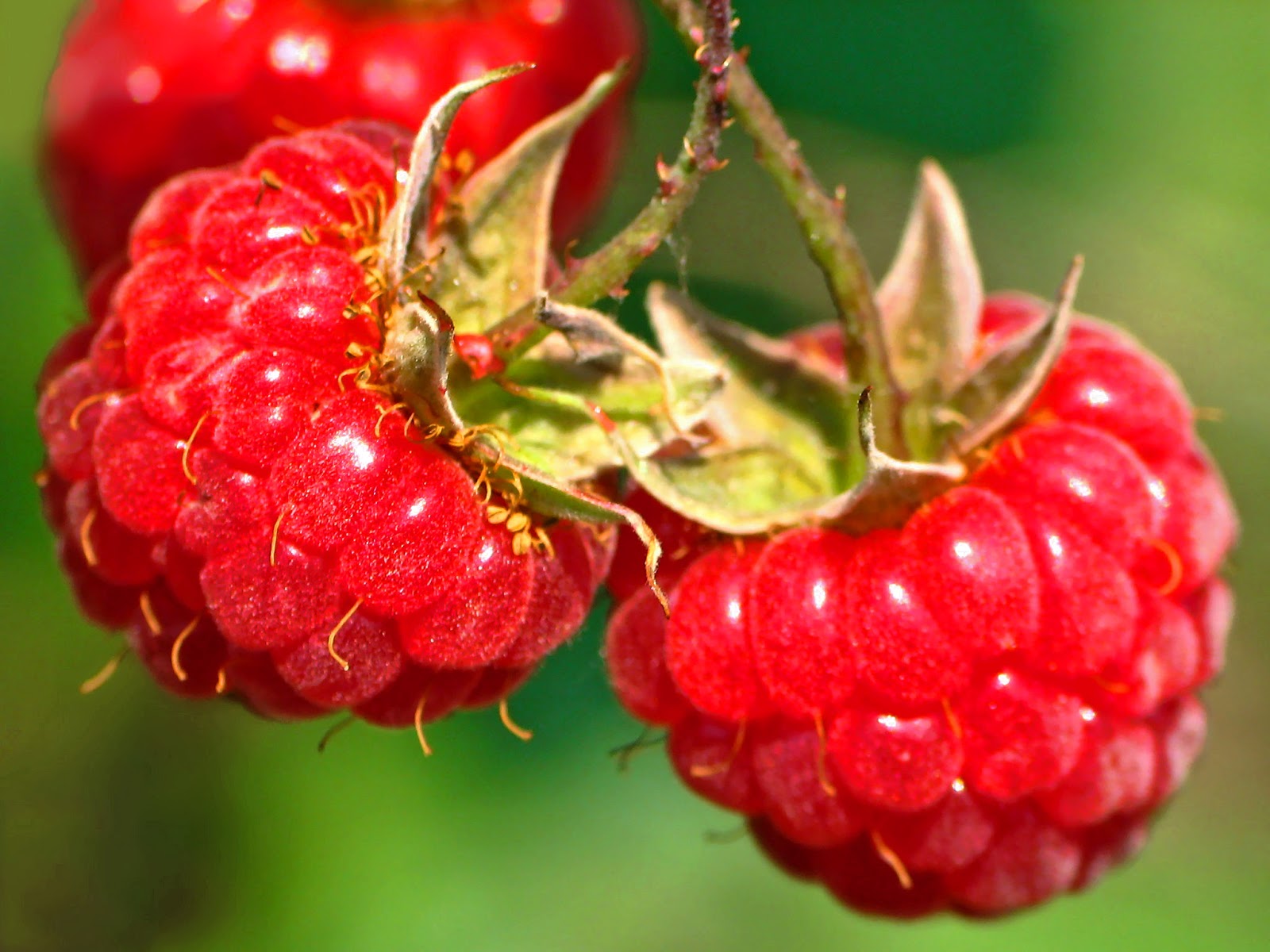

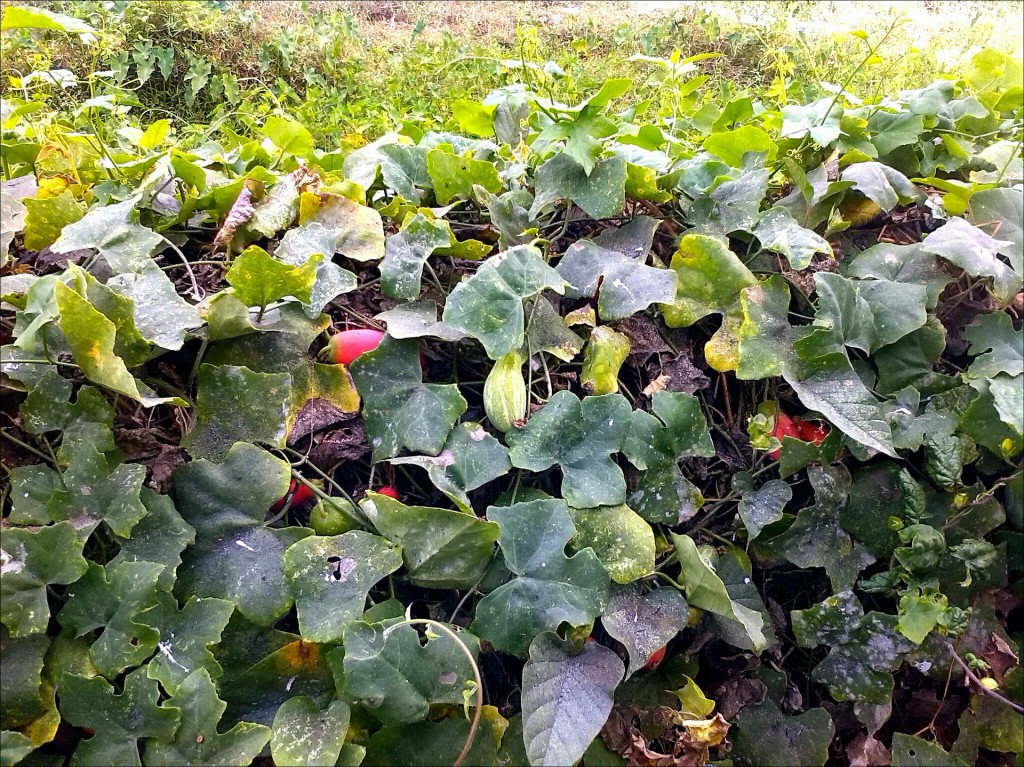

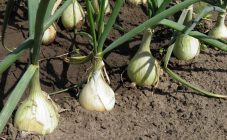








There is such a contradiction, sometimes you can pepper, sometimes you can't ...